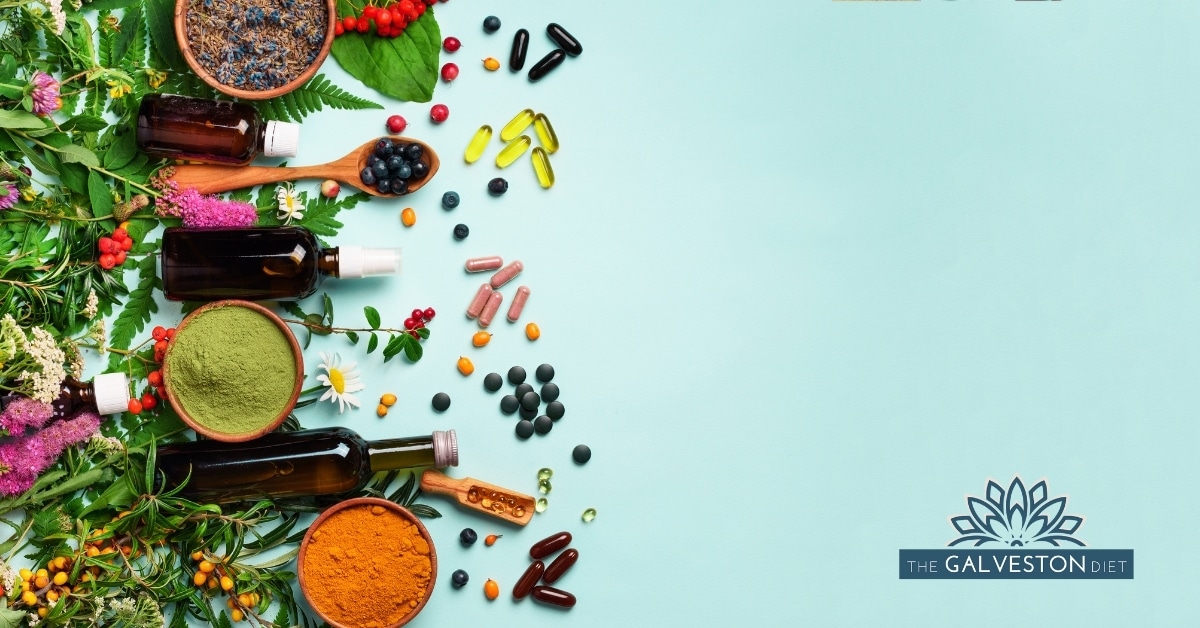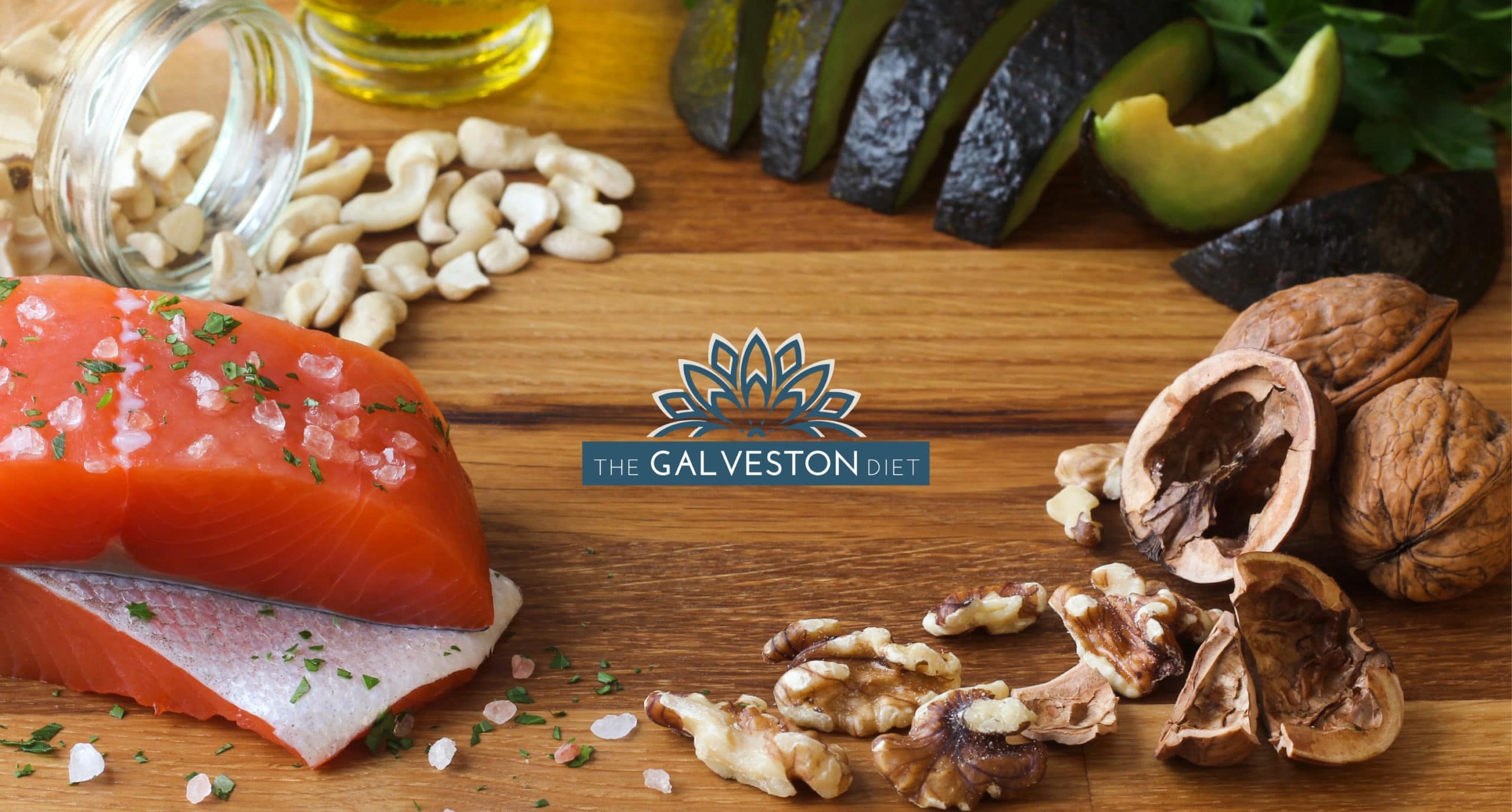The Quarantine 15…
It’s easy to see how you might gain weight during the pandemic, especially if you are spending most of your time at home. As it turns out, comfort food recipes have been trending on Google. (There is so much baking going on, supermarkets can’t keep flour in stock.)
As the creator of The Galveston Diet, many people have reached out to me with concern about their new “COVID curves” and the “Quarantine 15” (referring to new pounds gained since March).
In talking with them about their struggles, it seems that COVID-19 has created a perfect storm for people who battle weight issues.
Why? MAJOR LIFE DISRUPTION: people thrive on routine. Gym and park closures have upended exercise routines, and the stress has escalated for parents who suddenly had to work at home while teaching their children. Job insecurity is on the rise, adding to more stress.
All this stress can affect weight. Of course, multiple factors influence the scale. Not only are there organic body changes, but many of us are programmed to turn to food, alcohol, or both as a way to cope with stress. When we are stressed, our bodies go into “fight or flight mode” due to elevated cortisol levels, making it difficult for your body to give up calories when it thinks it needs energy for running away or combat.
Inflammation is a primary factor as well – increasing inflammation through stress, and nutritional choices lead to weight gain – and the increase in central body fat ALSO increases baseline inflammation. It is a terrible negative feedback cycle.
So, what can you do about it?
- Make a decision, then make a plan. Change your routine. Know your numbers: track what you eat, and focus on anti-inflammatory nutrition and add fasting to your routine.
- Schedule regular exercise. If social distancing keeps you from your usual gym session or exercise classes, try other activities, such as hiking or an online workout class. Remember that exercise is not the main focus for weight loss – but does help keep weight off once it is lost and lowers inflammation levels tremendously.
- Get a good night’s sleep. This means seven or more hours a night, depending on what your body requires.
- Decide how to manage stress. Meditation, yoga, prayer, or mindfulness practice can help. Alcohol can seem like a way to calm anxiety, but it is not helpful for weight loss, Alcohol can also disturb your sleep and make you dehydrated, which may prompt late-night eating.
- Find a solid anti-inflammatory nutrition plan. The Galveston Diet focuses on [1] Intermittent fasting [2] anti-inflammatory nutrition and [3] fuel refocusing. These three components work synergistically to lower inflammation and obtain optimal scale, and most importantly, non-scale benefits.
The Galveston Diet was born out of my frustration with mid-life weight gain and the loss of control I experienced in my 40’s. I spent years researching how to lose stubborn weight gain since my usual mantra of “eat less, exercise more” (that had worked fabulously in my 20s and 30s) was no longer working. I finally came up with the perfect plan that takes into account our bodies changing physiology as we age and focuses on lifestyle modifications that are sustainable in the long run.
- Intermittent fasting is essentially fasting for 16 consecutive hours in a day and eating within an 8-hour, consecutive eating window.
- The anti-inflammatory component is about as simple as it sounds – we decrease, with the eventual goal of eliminating amounts of pro-inflammatory foods consumed while increasing consumption of foods that actively fight inflammation.
- Fuel refocusing is all about macros. Calorie counting is non-existent on this plan – which is another common mental block initially tough to overcome – we aim to achieve an optimal ratio of fat: protein: carbohydrate that promotes fat loss in the weight loss phase; this ratio is again shifted during the maintenance phase when one’s goal weight is achieved.






